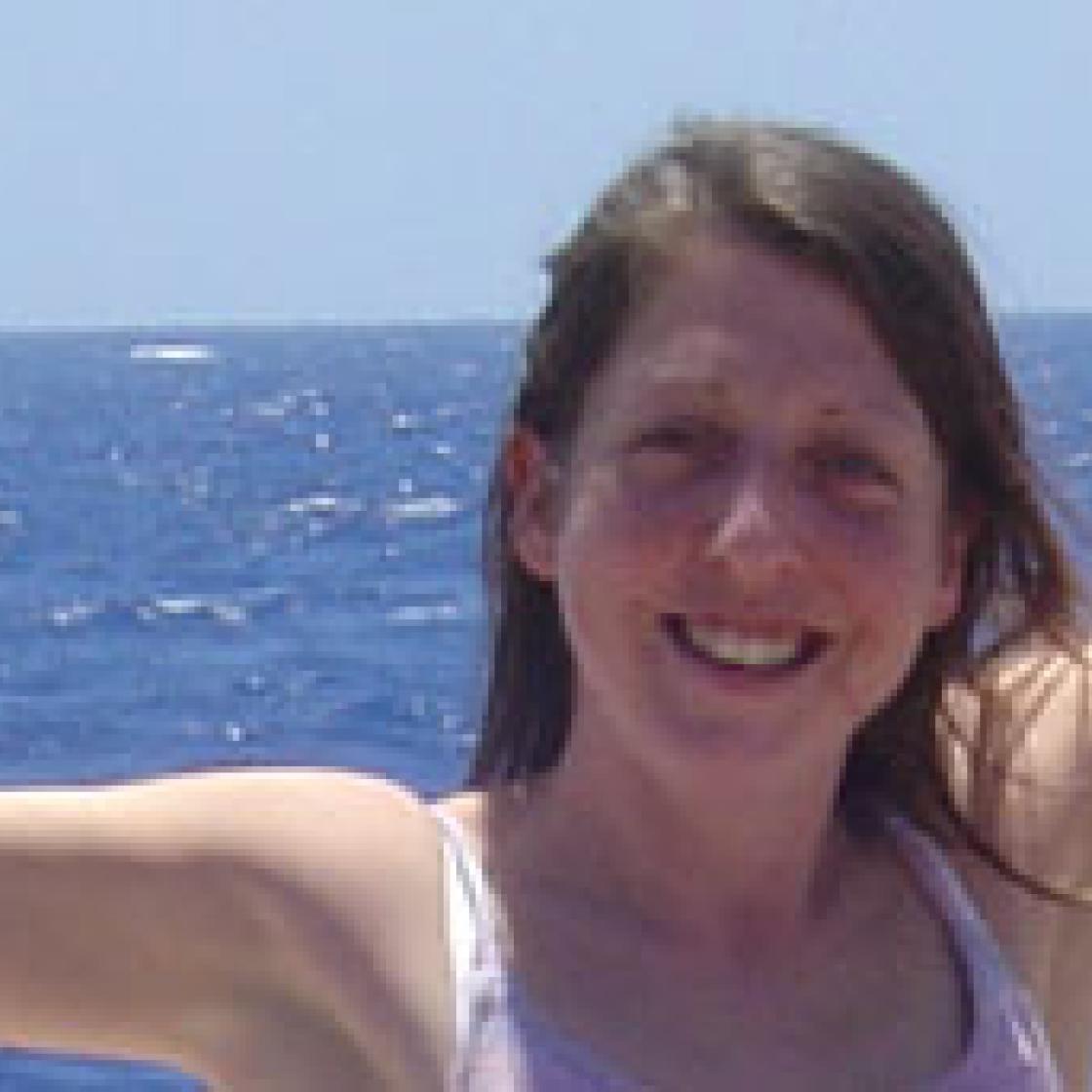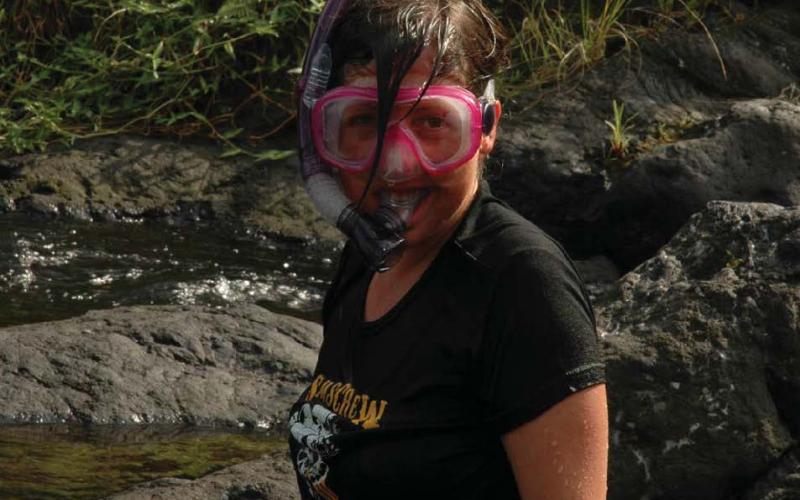
Since 2009, my research area aims at understanding the ecology of tropical diadromous fish, mainly by studying their dispersive marine stage. I have focused on 2 biological models, showing 2 characteristics of diadromy:
- the tropical eels, diadromous catadromous (i.e. the adults migrate towards the spawning area, then, after a period of marine dispersal, the juveniles return to the rivers where they grow). The study aimed at determining, through a modelling approach, the possible location of the eels spawning area, in the Indian Ocean. This study was conducted in collaboration with UMR LOCEAN. The results of this study show that a spawning area, common to the different tropical eel species may exist. However the precise location, as well as the recruitment success in the rivers of the different islands, show a strong inter-annual variability, linked to the variability of the oceanic circulation patterns.
- the goby Sicyopterus lagocephalus (Teleostei: Gobiidae: Sicydiinae), diadromous, amphidromous (i.e. the migration between the 2 environments –fresh water and seawater- is not related to the reproductive events), for which we investigate the life history traits. In particular, I study the importance of the environmental (e.g. salinity, osmotic pressure…) and physiological parameters (e.g. thyroid hormones) on the success of the larval transition between freshwater and sea water.
This first step of their life cycle conditions the success of the dispersive marine phase for this species that is widely distributed at the scale of the Indo-Pacific Ocean. The contact with sea water reveals to be obligatory for the pro-larvae pursue their life cycle and transform into marine larvae. This transition conditions the opening of the mouth and the anus, and so the first food intake, as well as the development of pectoral fins and eyes.
Through the supervision of a thesis, the recruitment of the juveniles (so called “bichiques”) of the 2 amphidromous goby species found in Reunion island (S. lagocephalus and Cotylopus acutipinnis) will be studied, with the aim of determine the recruitment abundance variability between the different rivers of the island, within the recruitment season, but also at an inter-annual scale. The differences in terms of sizes and ages of the bichiques recruiting between the different rivers will be analysed. Modelling oceanic larval dispersal before recruitment should allow explaining the trends that will be observed. In collaboration with the University of Reunion Island, we will lead a societal study focused on the bichiques fishery, the bichiques being an emblematic resource, strongly impacted by this traditional fishery.


